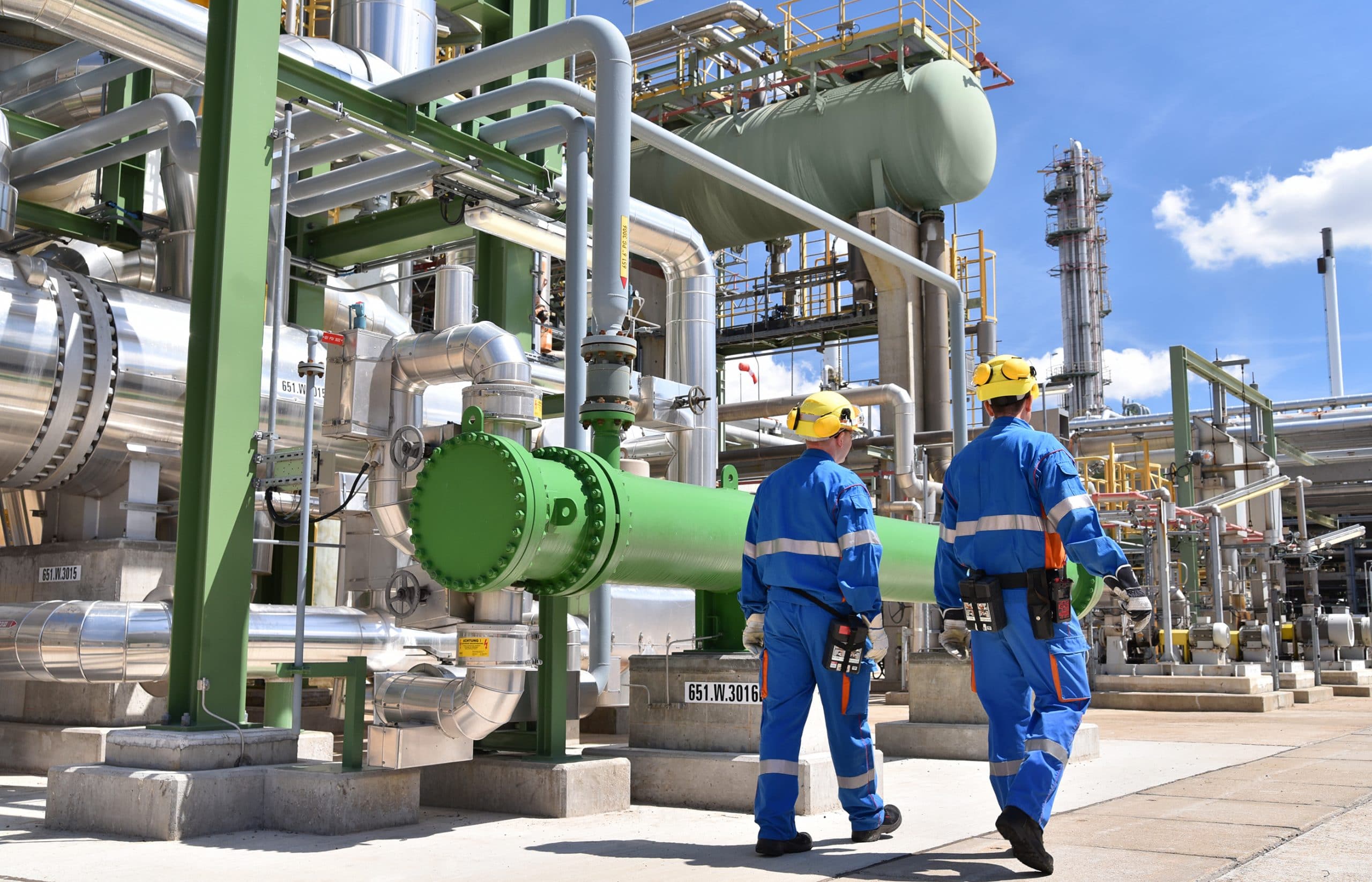Risk of Lung Cancer in the Chemical Industry
Workers in the chemical industry regularly face an increased risk of exposure to hazardous airborne particles while on the job. Subsequently, the risk for developing lung diseases such as lung, nose, and pharynx cancer.

Lung Cancer Among Chemical Industry Workers
In the United States, lung cancer is caused primarily by smoking tobacco in 80 to 90 percent of cases. Yet, if the remaining cases formed their own group of cancers, they would still fall in the top 10 causes of cancer death in the country – exceeding cervix, pancreas, and prostate cancers. In the field of lung cancer research, a popular study estimated between five and 15 percent of lung cancers were caused by occupational exposure to hazardous chemicals. As such, workers in the chemical industry face a much high risk of developing lung and other diseases than the general population.

The Environmental Protection Agency’s (EPA) “public chemical hazard assessment program” is known as IRIS, or the Integrated Risk Information System. IRIS measures toxicity levels and safe levels and types of exposure for humans, if there are any. The information, known as the industry gold standard, is a distillation of multiple scientific sources and guides many federal regulations as well as state and local laws.
According to the Agency for Toxic Substances and Disease Registry, American companies use over 100,000 different chemicals, with more than a thousand more created every year. Chemicals are used to preserve foods or give them certain flavors as well as in the manufacture of cosmetics, medicine, and household and lawn care products. Since the Industrial Revolution, countless factories have been exposed for subjecting employees to unsafe air quality levels of carcinogens like asbestos, carbon monoxide, arsenic, benzene, beryllium, and vinyl chloride. Subsequently, researchers have identified over 200 forms of cancer associated with occupational exposure.
Common Cancers Associated With Chemical Exposure
When workers in manufacturing plants inhale or ingest airborne chemicals, those toxins can travel through the nose or mouth to various organs and systems. Over time, continued exposure will lead to cell damage in one or more areas of the body. Typical cancers associated with occupational exposure include:
| Type of Cancer | Related Toxins and Carcinogenic Processes |
| Lung cancer | Arsenic, asbestos, benzene, cadmium, chloroprene, chromium compounds, coal gasification, coke oven fumes, foundry substances, nickel refining, oils, radon, silica, soot, tars, and vinyl chloride. |
| Nasal cavity and sinus cancer | Formaldehyde, isopropyl alcohol manufacturing, leather dust, mustard gas, nickel refining, and wood dust. |
| Pharynx cancer | Formaldehyde and mustard gas. |
Typical symptoms of lung cancer include a persistent and worsening cough, blood in the sputum, and/or chest pain. Commonly, exposure-linked cancer does not cause symptoms until it has reached advanced stages. Subsequently, anyone with a history of exposure or risk of current exposure to chemicals should visit their doctor to discuss early screening options.
In addition to causing disease in chemical industry trades, the above carcinogens have been known to affect the general population living nearby. A study of U.S. cancer deaths between 1950 and 1969 reported higher rates of lung, liver, and bladder cancer for 139 counties located with the highest concentration of chemical industry activity. In Europe, people who lived in close proximity to petrochemical manufacturers had a 19 percent increased risk for lung cancer.
Approximately 1 percent of lung cancers are linked to prolonged inhalation of polluted air. Moreover, high levels of exposure to air pollution can be as harmful as secondhand smoke from cigarettes.
At-Risk Occupations in the Chemical Industry
Due to the vastness of the chemical manufacturing field, a large number of careers are affected by chemical exposure. Generally, proper protection for the nose and mouth (using a face mask), gloves, and PPE goggles are recommended for these fields. According to studies by the International Agency for Research on Cancer, occupations with high risk for airborne chemical exposure include:
- Aluminum manufacturing
- Brick masons and assistants
- Chimney sweeps
- Construction workers
- Local Firefighters
- Glassware manufacturers
- Heating, Ventilation, and Air Conditioning workers
- Iron and steel founding
- Military servicemembers
- Miners and smelters
- Painters
- Resin makers
- Road pavers and roofers
- Rubber production workers
- Specialty polymer makers
- Textile workers
- Tollbooth attendants
- Truck and bus drivers
- Underground miners
Compensation for Workers
For workers in the above fields, as well as their families, the health and financial effects of lung cancer can be overwhelming. In many cases, the corporation(s) at fault for exposing its employees to known carcinogens is likewise responsible for compensating its victims. Filing a legal claim may be an important step forward. Fill out our free case evaluation form for more information.


